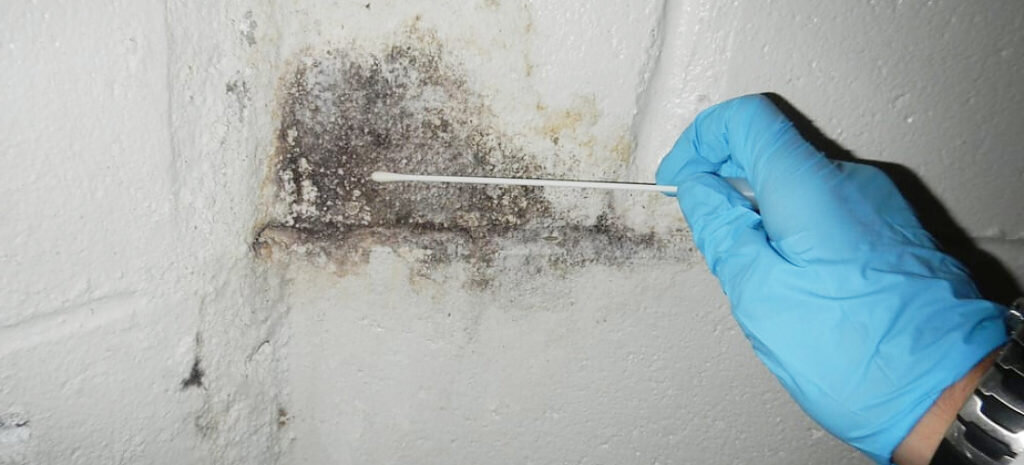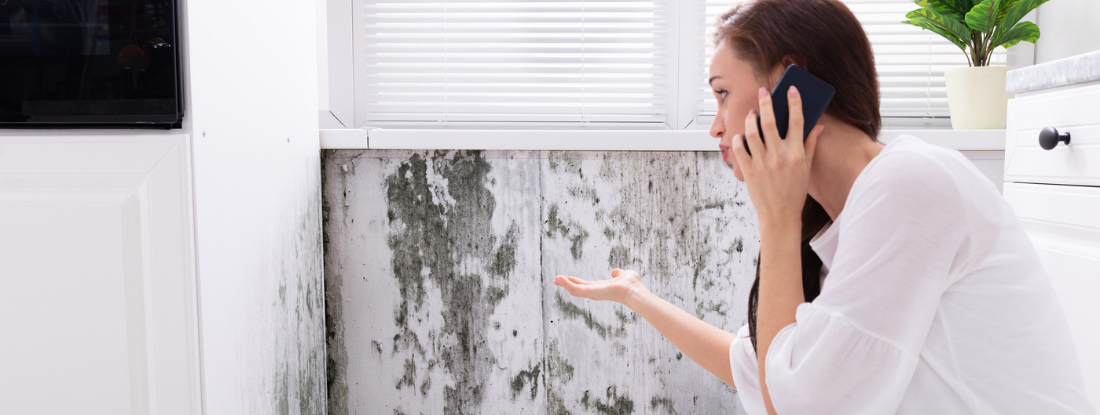Advice on What to Do After Mold Remediation
Advice on What to Do After Mold Remediation
Blog Article
Expert Tips for Blog Post Mold Removal Success
In the realm of mold and mildew remediation, efficiently removing mold and mildew is only half the battle; real difficulty hinges on avoiding its reappearance. Post-remediation efforts play a critical role in making certain a mold-free setting in the long-term. By adhering to professional ideas and finest methods, individuals can guard their areas against mold resurgence and keep a healthy interior setting. It remains in this stage of the remediation process that attention to detail and aggressive procedures absolutely make a distinction.
Screen Moisture Degrees On A Regular Basis
After finishing mold removal procedures, keeping ideal moisture degrees is important to avoid mold re-growth and ensure a healthy and balanced indoor setting. High humidity levels over 60% develop a conducive environment for mold and mildew to grow, making regular keeping track of a positive step to stop any type of future mold problems.
Utilizing hygrometers or wetness meters can help in properly determining moisture levels in different areas of the residential property. These tools give real-time information that enables removal professionals to make enlightened decisions concerning air flow, dehumidification, and various other required activities to preserve ideal moisture levels post-remediation. In addition, developing a regular schedule for humidity checks, especially in high-risk areas such as shower rooms, kitchen areas, and cellars, is an aggressive approach to mold and mildew avoidance. By regularly keeping track of moisture levels, home owners can effectively minimize the danger of mold reoccurrence and keep a healthy and balanced indoor setting post-remediation.
Conduct Thorough Inspections Post-Remediation
Adhering to the completion of mold and mildew remediation procedures, it is critical to perform comprehensive inspections to validate the performance of the removal process. These post-remediation inspections are essential in guaranteeing that the mold issue has been effectively attended to and that there is no recurrence or remaining mold growth. Assessments ought to be performed by certified professionals who have know-how in determining mold and mildew and analyzing interior air quality.
Throughout these examinations, different techniques such as aesthetic evaluations, air tasting, and surface area sampling may be utilized to completely evaluate the remediated areas. Aesthetic evaluations involve a thorough evaluation of the facilities to look for any kind of visible signs of mold development or water damages. Air tasting aids in identifying the airborne mold spore levels, while surface area tasting can identify mold particles on surfaces.
Implement Correct Ventilation Approaches
After ensuring the effectiveness of the mold and mildew remediation procedure with extensive evaluations, the next vital step is to focus on implementing appropriate air flow strategies. Adequate ventilation is necessary in stopping mold reoccurrence by controlling moisture levels and advertising air blood circulation.
Appropriate air flow not just help in stopping mold and mildew growth however additionally adds to the overall health and wellness and comfort of owners. By making certain adequate air flow throughout the residential property, my response you can lower the danger of mold and mildew regrowth and produce a healthier living environment.

Use Mold-Resistant Products for Fixes
To enhance the lasting performance of mold and mildew removal initiatives, integrating mold-resistant products for repair services is essential in reducing the threat of future mold development. Mold-resistant products are made to hold up against dampness and hinder mold development, making them a necessary choice for locations vulnerable to dampness and moisture. When repairing areas influenced by mold and mildew, using materials such as mold-resistant drywall, mold-resistant paints, and mold-resistant caulking can aid prevent mold reoccurrence.
Mold-resistant drywall is an exceptional option to traditional drywall in areas like cellars and washrooms where wetness levels are greater. This type of drywall has an unique covering that withstands mold growth even when revealed to damp problems. In addition, using mold-resistant paints including antimicrobial agents can further hinder mold and mildew development on wall surfaces and ceilings.
In areas where dampness prevails, such as bathroom and kitchens, using mold-resistant caulking around home windows, bathtubs, and sinks can assist seal out water and prevent mold from taking hold in splits and gaps. By buying these mold-resistant materials during repairs post-remediation, you can substantially minimize the possibility of future mold and mildew issues and keep a healthier interior Check Out Your URL setting.
Maintain Tidiness and Address Water Issues
After mold remediation, it is crucial to maintain a tidy environment to prevent the regrowth of mold. Leakages, water invasion, or high moisture levels can produce the ideal reproduction ground for mold, so it is essential to take care of any type of water-related troubles quickly.
To preserve cleanliness, take into consideration utilizing HEPA filters in vacuum cleaners and air cleansers to catch mold and mildew spores and avoid their blood circulation in the air. Guaranteeing correct ventilation in areas prone to moisture build-up, such as washrooms and kitchen areas, can assist keep humidity levels in check. By staying vigilant concerning sanitation and resolving water concerns promptly, you can properly protect against mold and mildew reinfestation and preserve a healthy and balanced indoor setting.
Final Thought

In the realm of mold and mildew removal, successfully eliminating mold is just half the battle; the real obstacle lies in stopping its reappearance. After completing mold remediation procedures, preserving optimal moisture degrees is vital to avoid mold and mildew re-growth and guarantee a healthy and balanced interior environment. High moisture degrees over 60% develop a helpful setting for mold to flourish, making routine checking a positive measure to stop any type of Click Here future mold concerns.
To enhance the lasting effectiveness of mold removal initiatives, integrating mold-resistant materials for repair work is critical in alleviating the risk of future mold development. After mold and mildew removal, it is important to keep a tidy environment to avoid the regrowth of mold and mildew.
Report this page